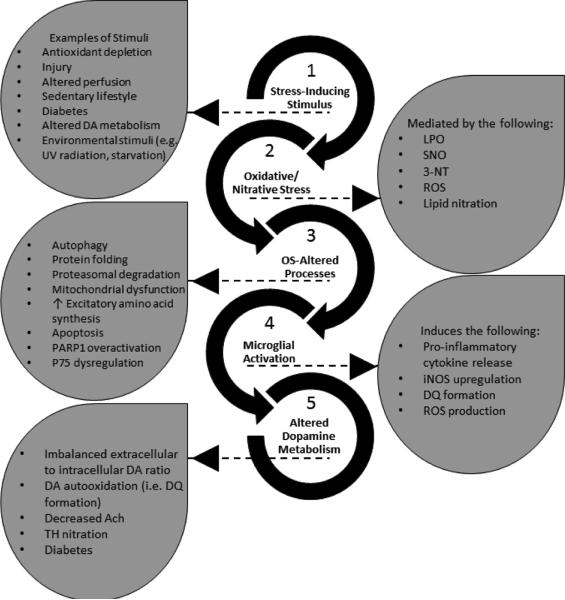Figure 4. A model for the interplay among oxidative stress, microglial activation, dopamine metabolism, and diabetes.
The process by which OS leads to neurodegeneration is detailed in the solid black arrows, whereas the details of each are noted in solid gray to the left and right. (1) An oxidative/nitrative stress-inducing stimulus, for example antioxidant depletion or altered dopamine metabolism, occurs in the brain. (2) Consequent stress follows, mediated by redox cycling through ROS/RNS, LPO products, or lipid or protein modifications. (3) Once oxidative/nitrative stress mediators are present, cellular processes undergo modifications and/or fluctuations, such as declines in autophagy or PARP1 over activation. (4) Oxidative/nitrative stress and changes in these processes lead to microglial activation, which causes secretion of several pro-inflammatory cytokines, iNOS upregulation, dopamine-quinone production, and potentiated ROS/RNS production, all of which can alone cause further microglial activation. (5) Microglial activation acts on dopamine metabolism. Examples of vacillations in dopamine metabolism are caused by shifts in the extracellular and intracellular dopamine pools, dopamine autooxidation, decreased acetylcholine synthesis or availability, tyrosine hydroxylase nitration, and onset of diabetes.

